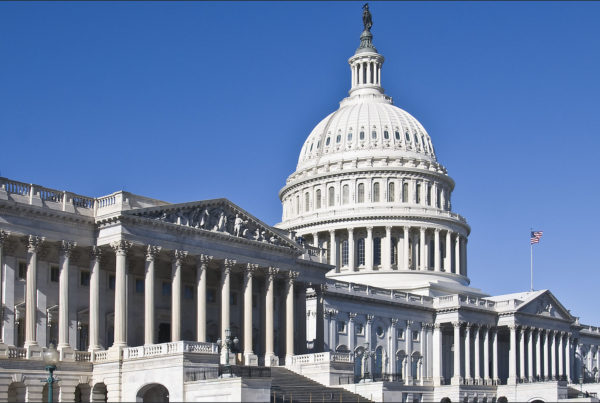This week, several federal officials, including the director of the Centers for Disease Control and Prevention, met with health workers in Austin to talk about a strategy for combatting HIV. It’s part of the Trump administration’s larger plan to significantly reduce the number of new infections of the virus over the next 10 years. The president wants to start that effort by spending $291 million in the next fiscal year.
Paul Scott, CEO of AIDS Services of Austin, participated in the meetings, and says the goal might seem ambitious but it’s possible. One reason is that people are less likely to pass on the virus if they stick to their medication regimen. But there’s also more preventive options these days.
“It’s called PrEP – preexposure prophylaxis medication, and people who are negative can take that medication and also prevent themselves from contracting HIV if they’re having unprotected sex,” Scott says.
The CDC came to Texas specifically because of its public health programs devoted to HIV.
“Texas has really committed … getting [people] care, finding out they’re positive, getting them care and linking them in to medication and services,” Scott says.
Scott also says Texas has a high number of people infected with HIV.
“There’s kind of this double-edged sword in terms of, we continue to have infections but we also have a good system of care,” Scott says.
The U.S. has hotspots for HIV infection, and several of them are in Texas. The state also ranks high nationwide for new infections. Scott says Latinx folks and African Americans are disproportionately affected, not only in Texas but nationwide.
“That’s where the greatest impact is, and where the work needs to happen,” Scott says. “To make sure we have additional resources to get people first of all tested, and then get connected into care.”
Scott says there are many reasons why certain communities are more affected by HIV than others, including so-called social determinants of health – things like a lack of access to quality housing, food or transportation. He says reasons can also be cultural, like stigma and attitudes toward sexuality.
As for the over $290 million the president has requested, Scott says that money will be divided over 48 jurisdictions, including Travis County in Texas.
Written by Caroline Covington.

















